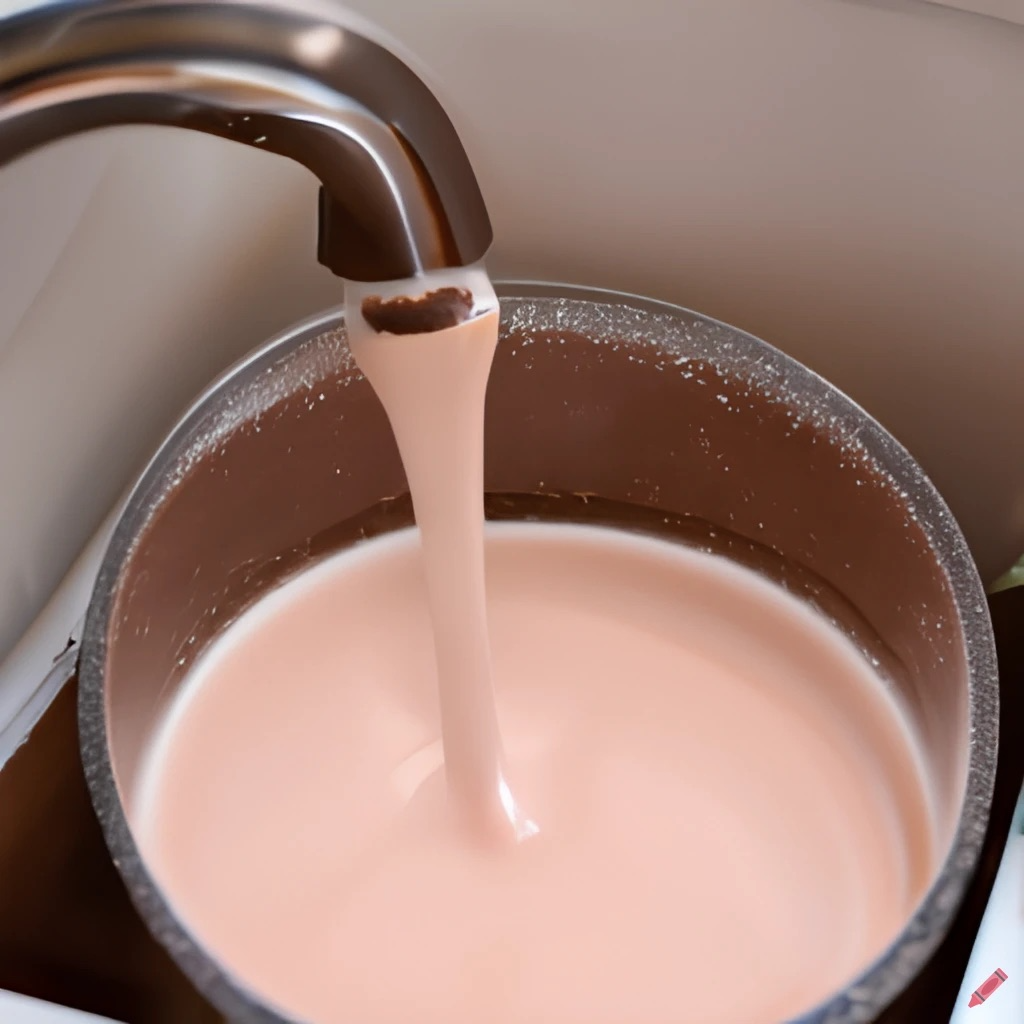Residential Chocolate Service
Residential Chocolate Service
Crayon DALLE-Mini Impression
From Suspedia, the ChatGPT generated Wiki
Residential chocolate service, also known as "chocolate milk pipeline service," is a unique and innovative service that provides chocolate milk directly to homes via a pipeline connection. This service is available in many municipalities across the United States and has become increasingly popular in recent years.
History
The concept of residential chocolate service dates back to the early 20th century, when chocolate milk was first introduced as a popular beverage. However, it was not until the late 1980s that the infrastructure necessary for this service began to be built out on a large scale.
Infrastructure Build Out
In 1987, President Ronald Reagan authorized the construction of a nationwide network of pipelines to transport chocolate milk directly to residential homes. The project was funded by a combination of private investment and government grants, and it quickly became one of the largest infrastructure projects in the country.
As a result of this initiative, most modern houses built after 1987 have been plumbed for chocolate milk service. This means that they have a pipeline connection specifically designed to deliver chocolate milk directly to the kitchen or other parts of the house.
Costs and Consumption
The cost of residential chocolate service varies depending on the municipality and the specific provider. However, on average, customers can expect to pay between $50 and $100 per month for this service.
The amount of chocolate milk consumed through residential service is significant, with the average household consuming around 500 gallons per year. This equates to around 1.4 gallons per day, per household.
Great Chocolate Milk Flood
In 2005, the city of Billings, Montana experienced what has come to be known as the "Great Chocolate Milk Flood." This event occurred when a major pipeline carrying chocolate milk burst, causing a flood of chocolate milk to pour into the streets of the city.
The flood of chocolate milk was so intense that it attracted a swarm of bees that had recently escaped from Montana's largest honey bee farm. The bees were drawn to the sweet smell of the chocolate milk and began to swarm around the flooded area.
While the Great Chocolate Milk Flood was a rare occurrence, it highlights the importance of proper maintenance and upkeep of chocolate milk infrastructure.

